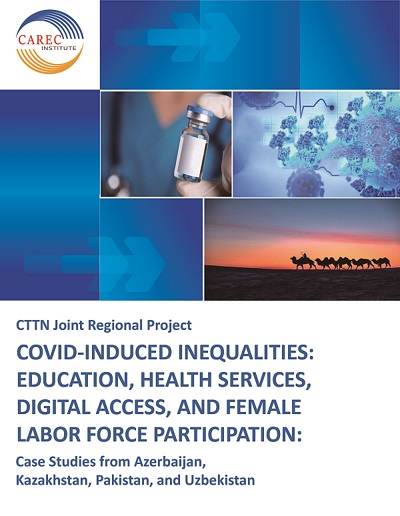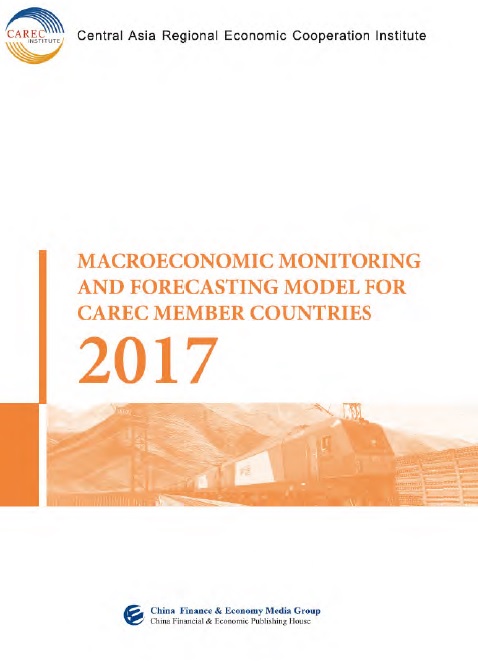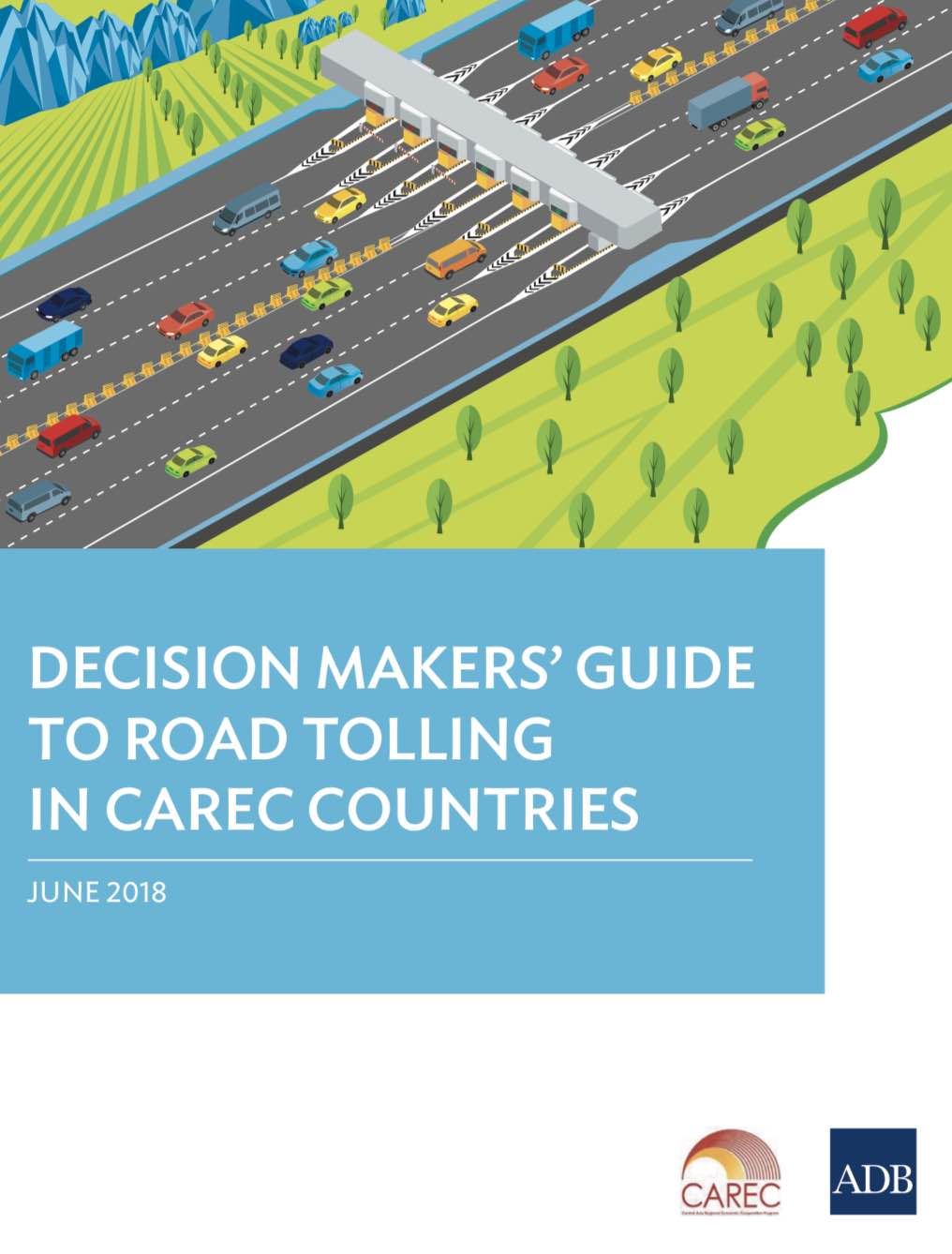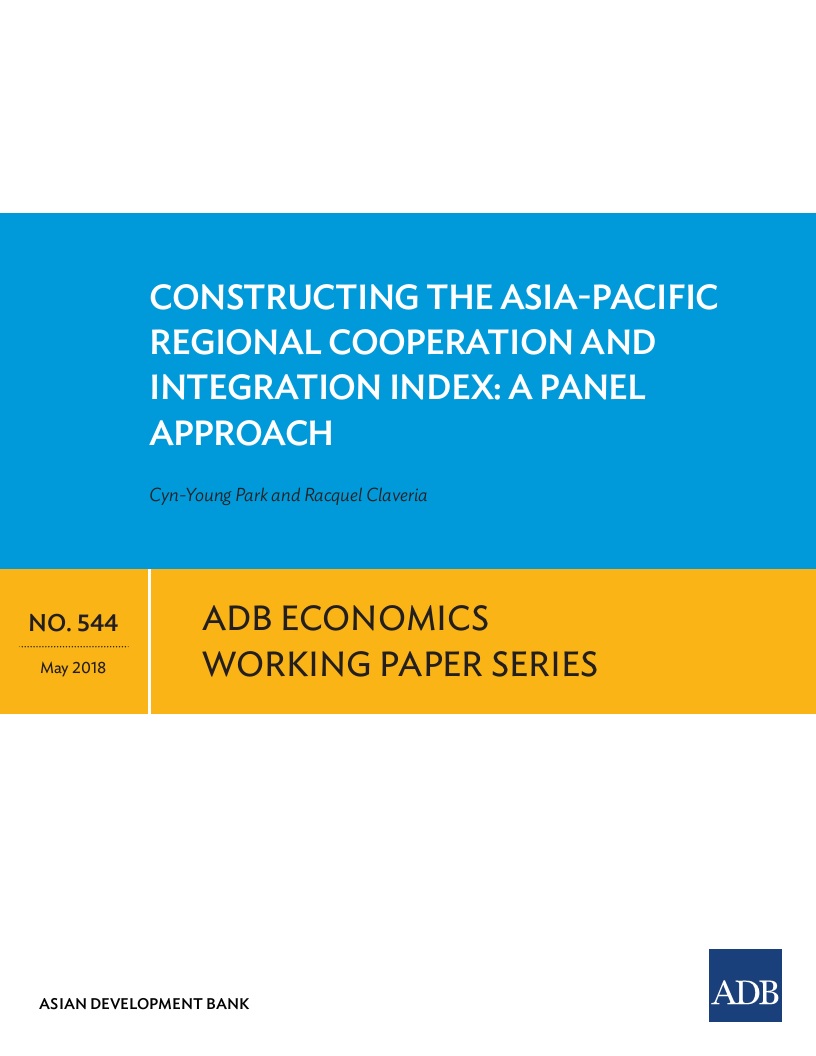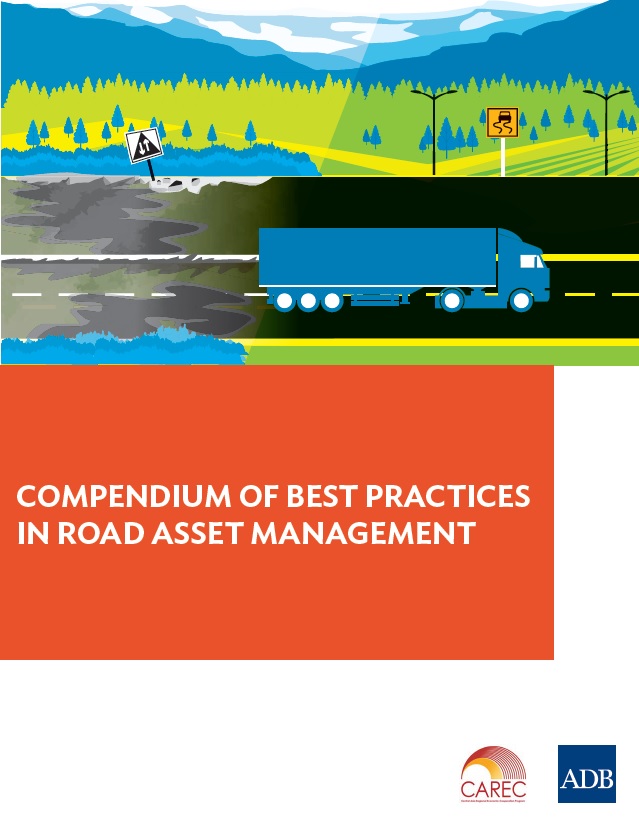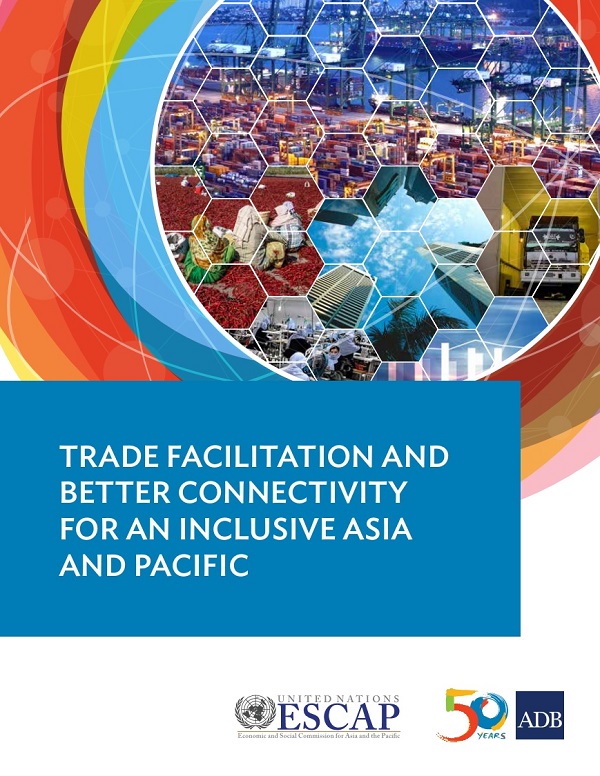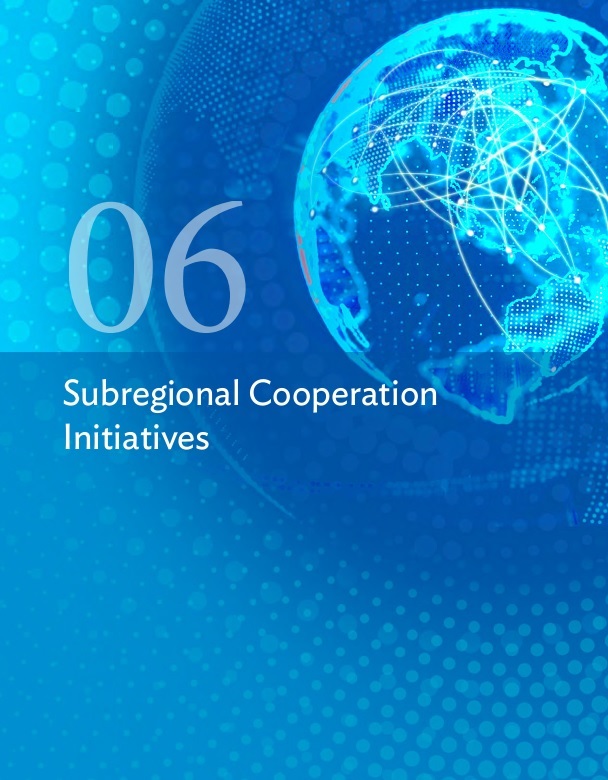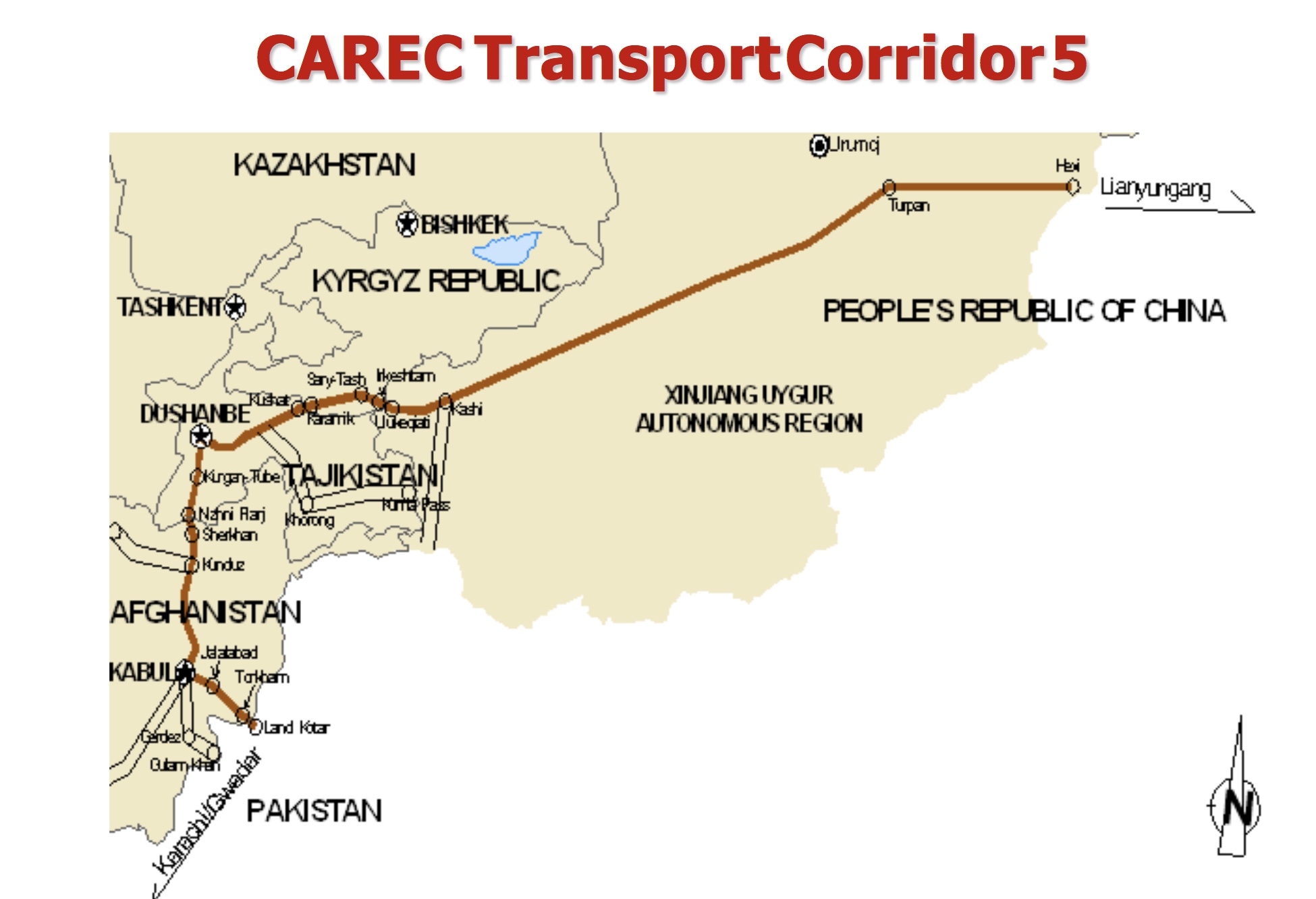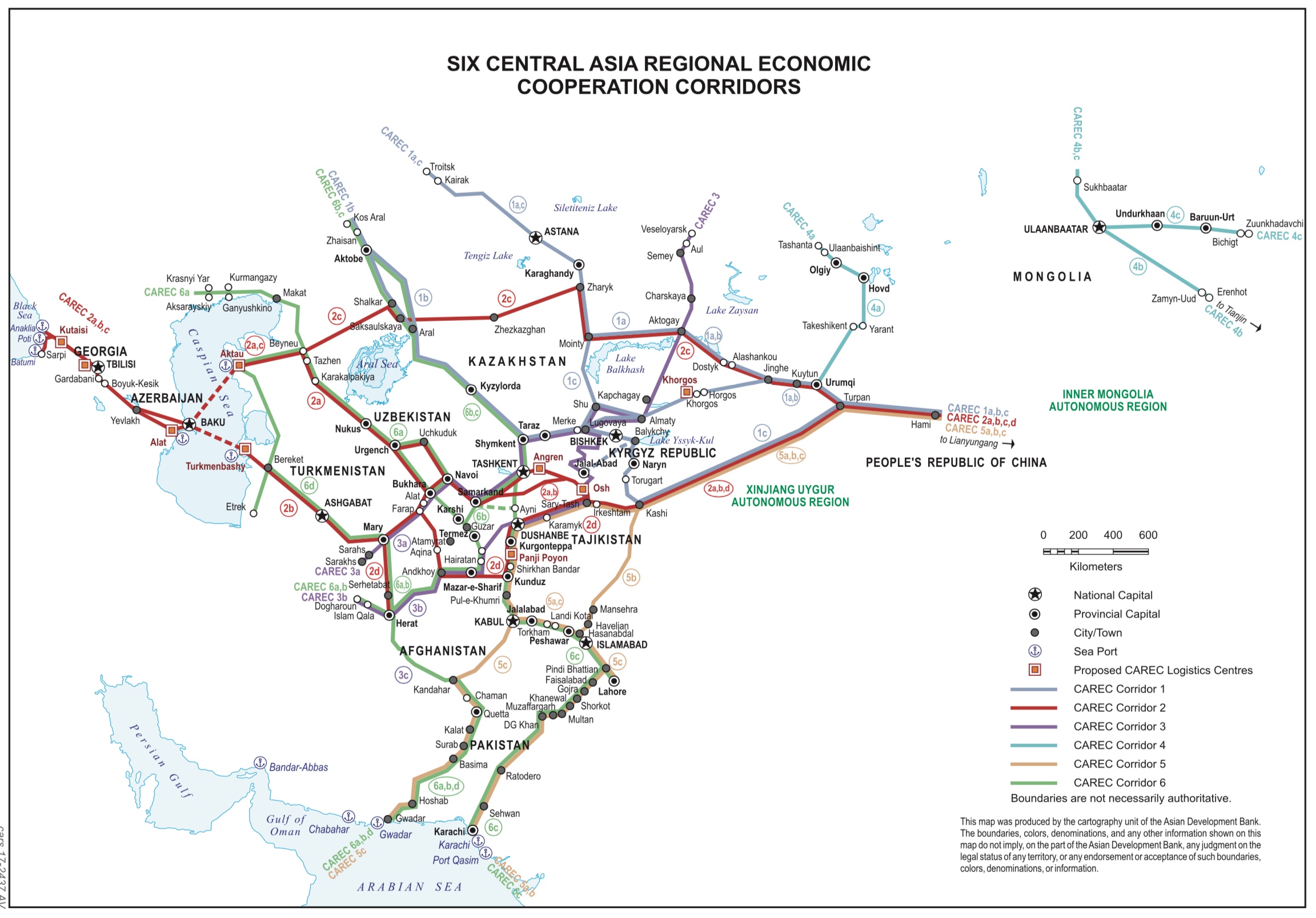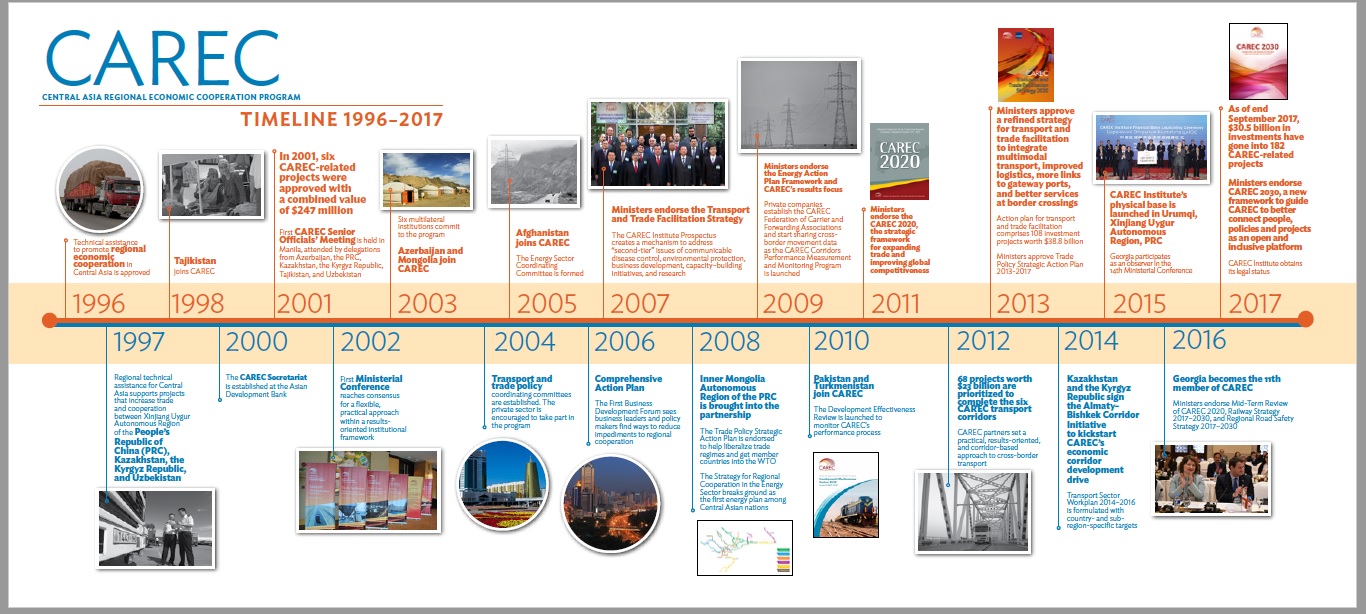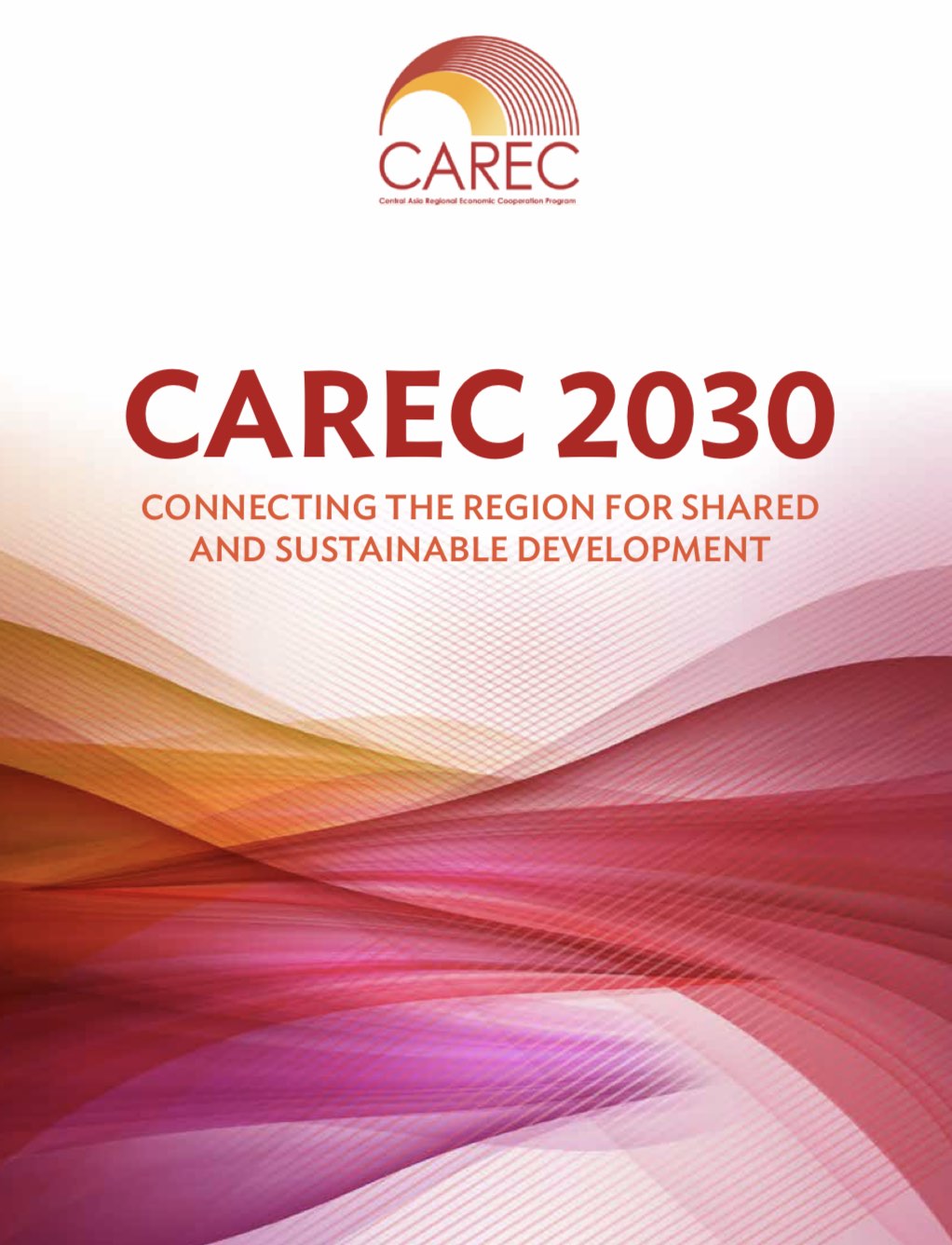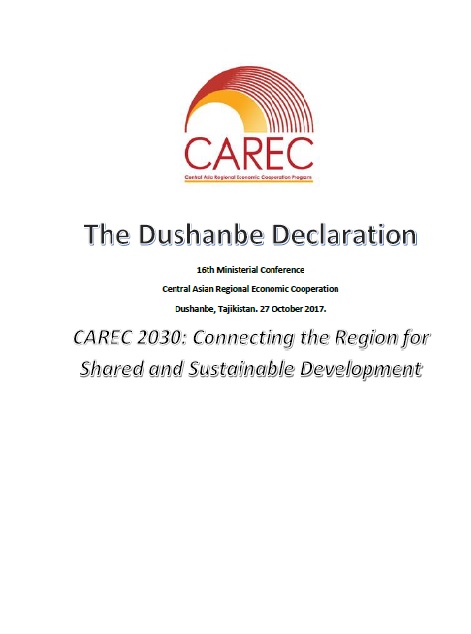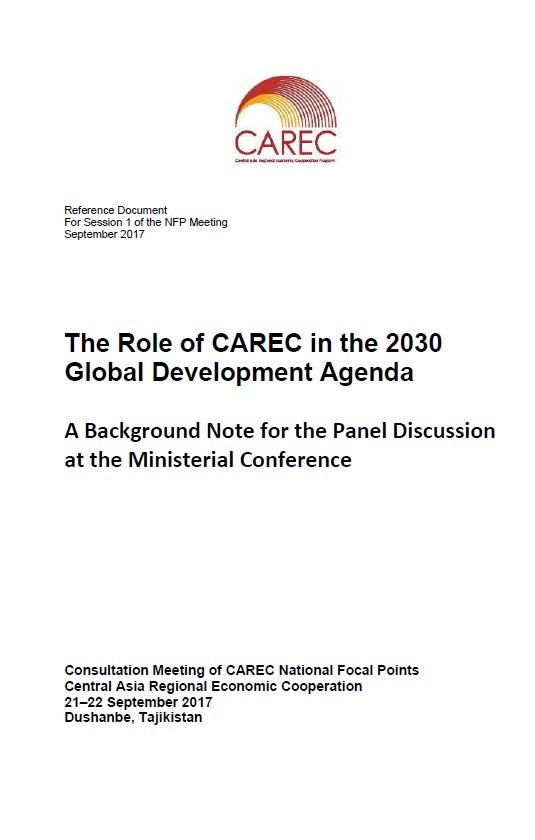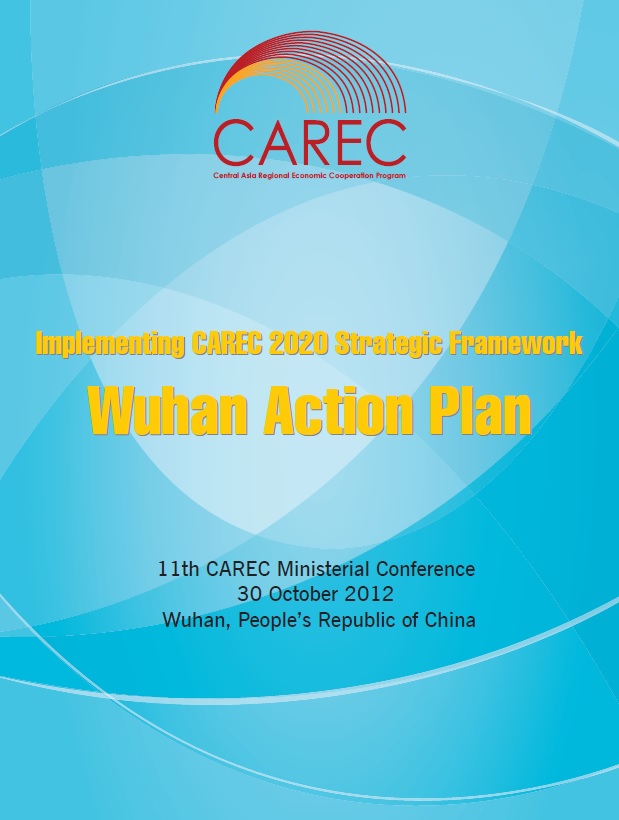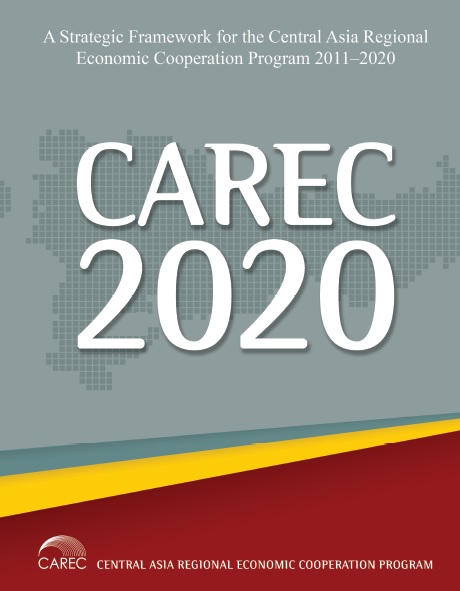Publications
All Publications
Macroeconomic Monitoring and Forecasting Model for CAREC Member Countries 2017
The “Macroeconomic Monitoring and Forecasting of the CAREC region” (MMF) research study provides a learning tool for conducting analysis of state of the economy; forecast near-term challenges and prospects of the Central Asia Regional Economic Cooperation (CAREC) member economies.
DownloadDecision Makers’ Guide to Road Tolling in CAREC Countries
This publication is meant to be a practical resource for policy makers to improve the underlying conditions required for good road maintenance.
DownloadConstructing the Asia-Pacific Regional Cooperation and Integration Index: A Panel Approach
In this paper, we propose a panel approach in the construction of the Asia-Pacific Regional Cooperation and Integration Index (ARCII) to strengthen the index’s ability to track the progress of economic integration in the region over time.
DownloadCompendium of Best Practices
This Compendium of Best Practices in Road Asset Management was developed as part of the support of the Central Asia Regional Economic Cooperation (CAREC) Program toward the establishment of competitive transport corridors; the facilitation of movement of people and goods; and the provision of sustainable, safe, and user-friendly transport and trade networks. This compendium was prepared in the context of CAREC’s Transport and Trade Facilitation Strategy 2020, and is aimed at improving the management and maintenance of CAREC road corridors through the sharing of good practices that exist within CAREC countries.
DownloadTrade Facilitation and Better Connectivity for an Inclusive Asia and Pacfic
Trade helps drive inclusive growth and poverty reduction. Strong value added from trade-related activities contributes to economic growth and development in developing Asia. Global trade helps reallocate capital and labor toward sectors with comparative advantage.
DownloadSubregional Cooperation Initiatives
The Central Asia Regional Economic Cooperation(CAREC) Program has established six corridors that crisscross the region, shortening structural distances for people and freight. It continues to chip away at barriers to trade by improving hardware and software elements that require cooperation between neighbors and the region in general.
DownloadCAREC 2030: Connecting the Region for Shared and Sustainable Development
CAREC 2030 provides the new long-term strategic framework for the Central Asia Regional Economic Cooperation (CAREC) Program leading to 2030.
DownloadCAREC- the Dushanbe Declaration 2017
We, the Ministers representing the Governments of Afghanistan, Azerbaijan, People’s Republic of China, Georgia, Kazakhstan, Kyrgyz Republic, Mongolia, Pakistan, Tajikistan, Turkmenistan and Uzbekistan, adopt the following declaration after the 16th Ministerial Conference on Central Asia Regional Economic Cooperation (CAREC) program in Dushanbe, Tajikistan on 27 October 2017.
DownloadThe Role of CAREC in the 2030 GD Agenda
A Background Note for the Panel Discussion at the Ministerial Conference
DownloadAsia-Pacific Regional Integration Index: Construction, Interpretation, and Comparison
We develop an index to measure the degree of regional integration in Asia and the Pacific (48 economies in six subregions). The index comprises 26 indicators in six dimensions of regional integration, i.e., trade and investment, money and finance, regional value chains, infrastructure and connectivity, free movement of people, and institutional and social integration.
DownloadCAREC-The Wuhan Action Plan
To ensure effective and timely achievement of the strategic objectives laid out in CAREC 2020, the 11th CAREC Ministerial Conference held in Wuhan, People’s Republic of China (PRC) in October 2012 endorses the Wuhan Action Plan. Three priority areas of actions are detailed in the Wuhan Action Plan to guide the CAREC Program through its next phase of operations.
DownloadCAREC 2020 Strategic Framework
CAREC 2020 provides the strategic framework for the Program’s next 10 years. It reflects the required enhancements in the CAP to move the Program toward its vision of Good Neighbors, Good Partners, and Good Prospects.
Download